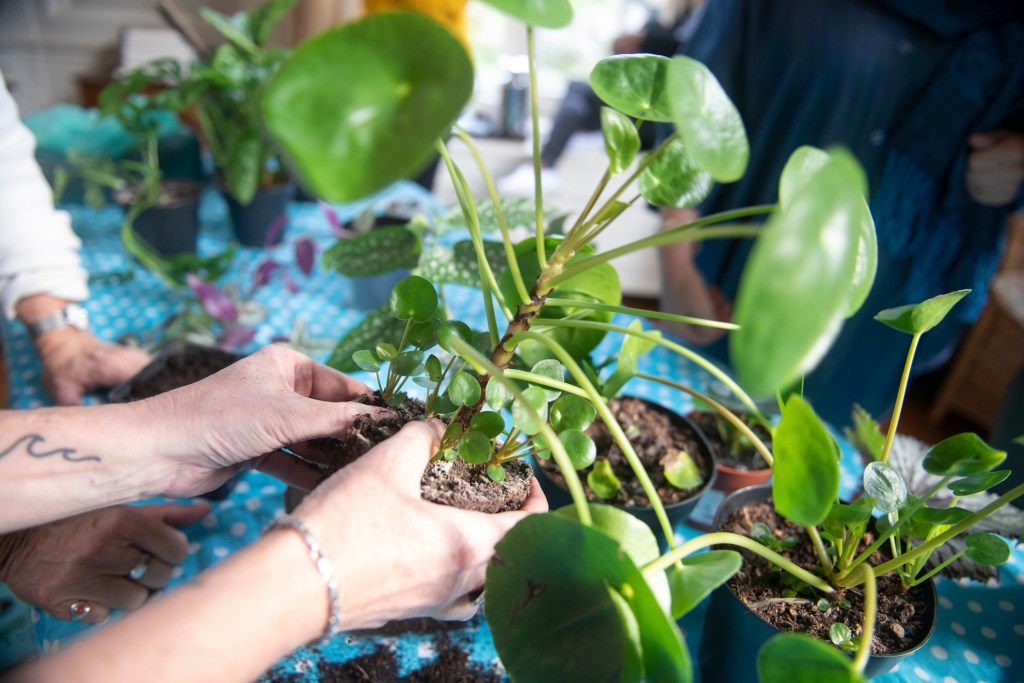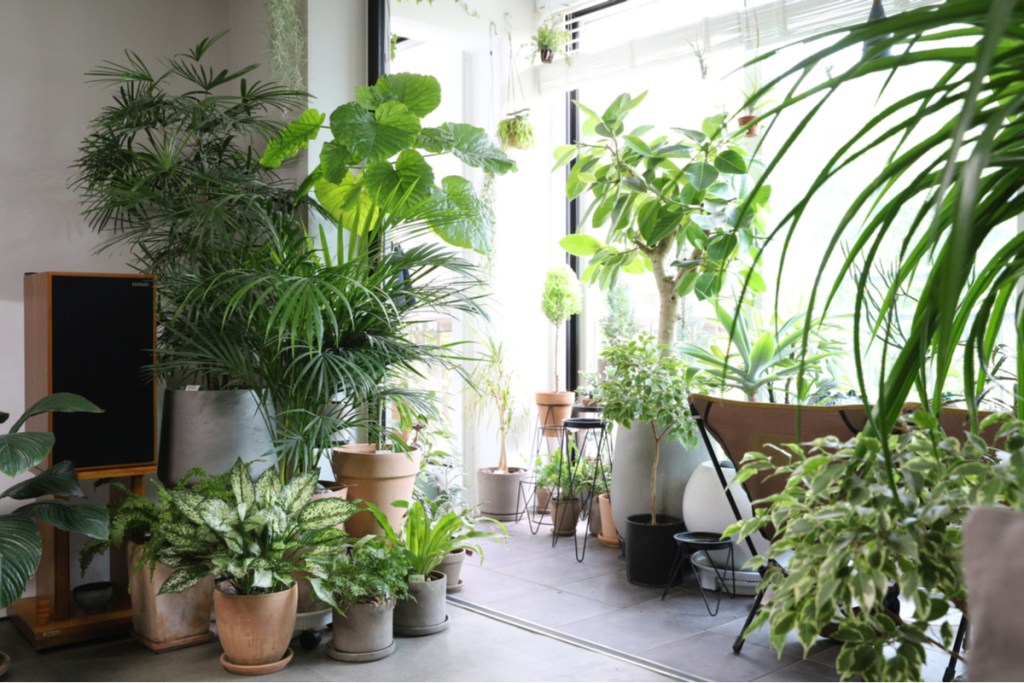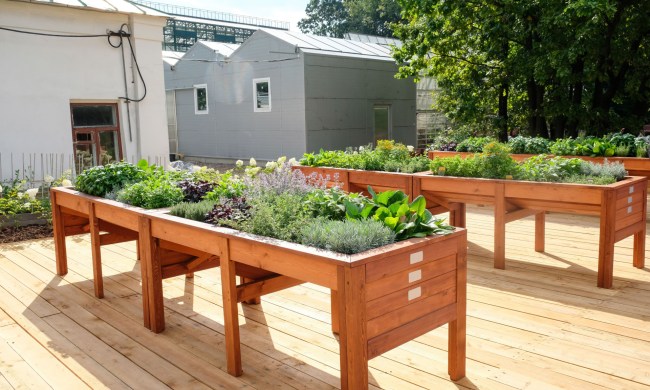Alongside channels such as Planterina and House Plant Journal, Crazy Plant Guy is one of the main fixtures on plant YouTube. Based in Toronto, Ontario, Crazy Plant Guy, or Christian Esguerra, is known for his plant care guides, tours, and recommendation lists. His videos are often fun and playful while also full of helpful information for both beginner and seasoned plant enthusiasts alike. Since 2017, Esguerra has been spreading his love of plants with the YouTube community — here are the best lessons he’s shared thus far.
- Repotting time is an ideal window for aerating soil and taking cuttings.
- Some plants aren’t necessarily for beginners, but they can be easy to care for once you figure out their needs.
- When displaying your plants in a small space, consider aesthetics, plant needs, and available room.
- To grow prolific plants, give them the best conditions possible.

Repotting time is an ideal window for aerating soil and taking cuttings.
While this video specifically covers Esguerra’s (now notoriously gigantic) pilea peperomioides, it includes versatile tips about repotting plants in general. As he repots the pilea plant, he moves it into aerated soil, using a well-draining mix of 50% cacti soil, 45% potting mix, and 5% orchid bark and perlite. He reminds us not to pack in the new soil — keep the mix aerated to prevent root rot. Remember to use the opportunity of repotting your plant to take cuttings, too. Just don’t overdo it, or else you may shock your plant when you transplant it.
While this video is about the pilea, the idea that you should leave your plants in well-draining soil really goes for most indoor houseplants. Keeping the soil loose and aerated prevents your roots from drowning since they don’t have wind and sun to dry them out quickly. And since your plant is doing well enough to warrant repotting, why not snip a cutting (or three) from it?
Some plants aren’t necessarily for beginners, but they can be easy to care for once you figure out their needs.
Calatheas, or prayer plants, are notoriously fussy plants despite flaunting beautiful foliage. In this video, Esguerra details his care for his calatheas, which include the rattlesnake, zebrina, orbifolia, and lancifolia. Because calatheas are finicky, he doesn’t recommend these plants for beginners. However, he reiterates that these plants are manageable once you understand their needs. At the end of the day, they prefer medium light, filtered water, and adequate humidity.
The lesson to be learned here is that you can figure out any seemingly impossible plant with trial and error. When you encounter a fussy houseplant, filtered water and humidity are usually the two top requirements to keep in mind. This advice for calatheas could also be applied to other tricky plants such as ferns, fiddle leaf figs, and zebra plants. Worry not if your plant shows signs of struggle: An occasional brown leaf is part of the houseplant journey.
When displaying your plants in a small space, consider aesthetics, plant needs, and available room.
In this tour video, we see Esguerra go over tips on fitting plants into a small space without having them look cluttered. Being a plant parent in a modest space can be challenging because you need to consider multiple factors. You want to ensure that your plant receives enough light, but you also need to consider how it integrates into your space. One of Esguerra’s tips here is to place big plants in corners where they receive good lighting while adding smaller plants around them for a layered jungle look.
Houseplant collecting can quickly overtake your home. To avoid clutter, be strategic about the plants you buy and consider how they fit into your space. Get creative with your plant arrangement, allocating large corners to bigger plants. Like Esguerra, you can also leave smaller plants on shelves and tables, clustering them together based on needs.

To grow prolific plants, give them the best conditions possible.
Esguerra details in this video how he’s grown his ficus elastica and pothos into big foliage plants. Even though these are technically hardy plants that can tolerate low light and infrequent watering, you won’t notice much growth if you keep them in these conditions. Your plants will stay compact in a less favorable environment, as they won’t grow without much nourishment.
To see your plants thrive, a south or west-facing window that offers bright indirect light is ideal. Although you never want to overwater your plants, giving them consistent watering will keep them happy and prevent them from getting wilted, dried leaves. You can also give them structural support with stakes and poles so that they don’t become leggy. Even nearly unkillable plants appreciate a little love.
For plant tips and inspiration, look no further than Crazy Plant Guy’s YouTube channel. While you may sometimes experience growing pains with plants, it’s all part of the process of collecting them. As Esguerra reminds us often, plants will reward us when we understand their needs and give them the best environment possible!



